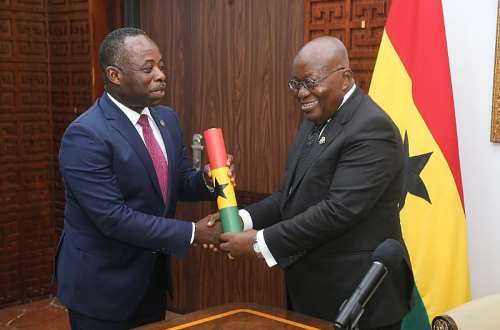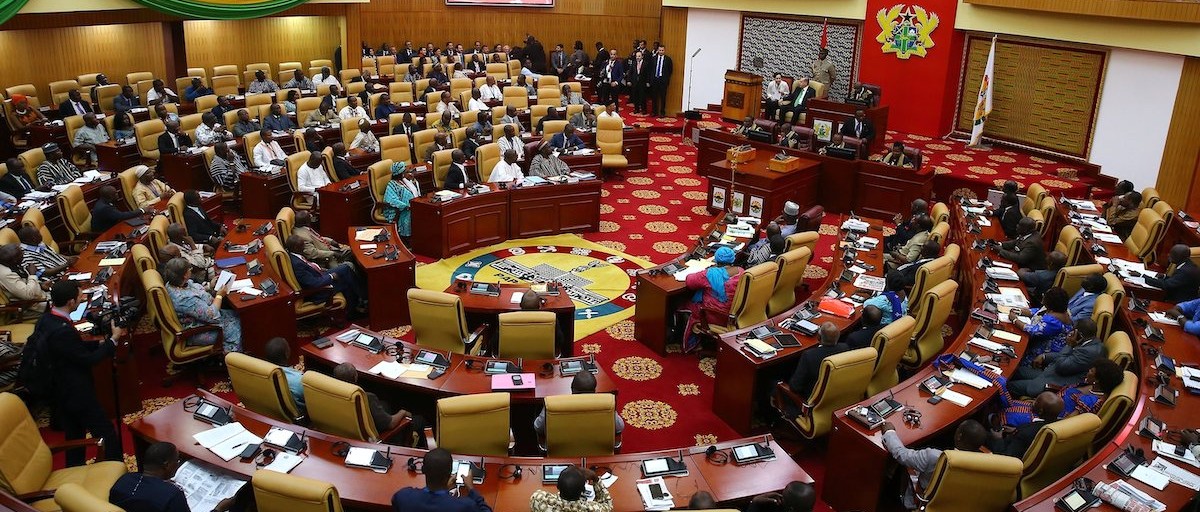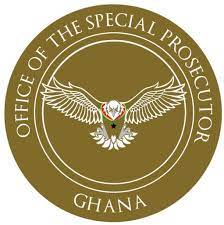
“When teachers receive support and feel empowered from the very beginning, they are more likely to stay in the field and enhance student learning.” – Linda Darling-Hammond (2019)
The overall effectiveness of a school is directly tied to the morale, clarity of roles, and motivation of its educators. One of the primary tasks for head teachers is to ensure a thorough orientation for new teachers. In our diverse and occasionally challenging educational space, implementing a thoughtful and compassionate orientation program is not just a procedural formality, it is an essential responsibility and a crucial strategy for fostering school success.
Hargreaves and Fullan (2012) assert, “The most successful schools are characterized by deeply ingrained collaboration, clarity, and support systems in their professional culture.” This is to echo the fact that, new teachers thrive when they are supported through deliberate guidance, communication, and mentorship.
Preparatory Steps Before Arrival
Orientation commences prior to the new teacher’s arrival. A proactive head teacher should ensure that the teacher’s workspace is equipped with necessary supplies. A timetable, and a friendly atmosphere to signify that their presence is anticipated and valued.
In advance, notifying staff and students is impressive. It helps ease any awkwardness and prepares the way for a new teacher for a smooth integration into the new school community. Additionally, designating a mentor or “buddy” teacher for at least the initial month is important. It will ensure that the new teacher has someone to turn to for questions or informal support. Research by Ingersoll & Strong (2011) highlights that mentoring and induction programs significantly bolster teacher retention and effectiveness, particularly during their first year.
First-Day Welcome
The inaugural day should kick off with an official welcome. Introduce the new teacher to essential personnel like the assistant head teacher, department heads, office staff, and members of the School Management Committee or PTA. The head teacher also needs to offer a guided tour. This will help the teacher locate classrooms, common areas, restrooms, notice boards, first aid stations, store rooms and resource centres among others.
Better still, articulating the school’s vision, mission, and values at this stage fosters alignment. Sharing the school’s accomplishments and ongoing initiatives will provide context for what the new teacher is joining. Educational leader Michael Fullan (2020) emphasizes that “clarity of purpose, shared values, and emotional connection to the school’s mission enhances teacher commitment.”
In furtherance, a brief overview of the school’s organizational hierarchy-detailing reporting relationships, committee roles, and norms for collaboration-should also be included.
Administrative Orientation
As a head teacher is it excellent to provide new teachers these vital documents, as part of the orientation:
- The school timetable and their teaching schedule
- The code of conduct and expectations for professional behaviour
- Policies on student discipline, dress code, attendance, and punctuality
- Curriculum guides and schematics for their designated subjects
They should also be formally logged in the school’s log book. Introduce them to the staff attendance register or register them on the school’s biometric attendance device (if available). Such administrative actions will promote professional accountability and adherence to GES protocols.
Per the Ghana Education Service’s Teacher’s Code of Conduct, it’s stated that “Every teacher shall be informed of the operational rules and ethics of the school they are assigned to serve.”
Professional Orientation
Beyond logistical considerations, it is vital to equip new teachers for instructional success. This includes introducing:
- Classroom management expectations and disciplinary approaches in place
- Lesson planning templates, assessment methods, and the use of teaching and learning materials (TLMs)
- Curriculum pacing guides or mapping strategies
Lest I forget, during the orientation, it is needful for the head teacher to clarify the school’s supervision and evaluation protocols-be they internal peer reviews, head teacher evaluations, or GES inspections. This will aid in demystifying performance assessments and promote a growth-focused mind-set. The OECD (2020) advises that “feedback and supervision should be viewed as developmental tools rather than critiques.”
If the school employs digital tools such as Google Classroom, teacher WhatsApp groups, or learning management systems, a walkthrough for their utilization should be done.
Social Integration
As education advocate Rita Pierson puts it, “Every teacher deserves a champion.” Educators, similar to students, flourish in environments where they feel acknowledged, supported, and connected. Social integration is vital in achieving this.
Thus, there is the need to introduce the new teacher during staff meetings and, if feasible, at PTA functions. Encourage them to join clubs, participate in school sports, and engage in staff social events and communal activities like clean-up days. These interactions cultivate trust and camaraderie. A UNESCO (2023) report highlights that “relational support is a key factor influencing job satisfaction and motivation within schools” across Sub-Saharan Africa.
Ongoing Support and Follow-Up
The orientation should extend beyond a singular event. Constant follow-ups-weekly or biweekly during the initial month-are crucial. Schedule informal feedback discussions to explore their experiences, workload, and any challenges they may encounter.
Insightfully, classroom visits should be aimed, not for criticism but for support and coaching. Delivering constructive feedback while celebrating small achievements will boost professional confidence of the teacher. John Hattie (2009) notes that “visible learning occurs when teachers see their own teaching through their students’ perspectives and help them become self-directed learners.” This journey begins with the teachers feeling acknowledged themselves.
Orientation Manual (Optional)
Head teachers should create a welcome manual. This can further enhance the orientation experience. This manual may entail:
- Staff duty roster and contact details
- Academic calendar and weekly schedule
- A layout of the school premises
- Rules and emergency procedures and
- Important school policies
This resource will provide continuous access to essential information, and reduce instances of confusion and dependency.
Conclusion:
Welcoming a new teacher transcends basic hospitality. It represents proactive leadership. This process reflects the school’s values, culture, and strategic vision. When executed effectively, the orientation will ensure that new teachers feel motivated, informed, and ready to contribute positively to their students and the school community.
Our educational reform initiatives should prioritize the supportive frameworks that enhance teacher retention and performance. The Education Strategic Plan 2018–2030 emphasizes the importance of “strengthening school leadership and teacher support systems.” A robust orientation process aligns seamlessly with this national objective.
In an era marked by increasing pressures and expectations for teachers, the thoughtful act of providing them with a thorough orientation can be pivotal in transforming potential burnout into breakthrough achievements. This approach should be considered an investment, not an expense.
WRITTEN BY:
Wisdom Koudjo Klu,
Education Expert/Columnist,
Greater Accra Region.
Editor’s note: Views expressed in this article do not represent that of The Chronicle
The post Orientation Can Make or Break a New Teacher: Head teachers, Take Note appeared first on The Ghanaian Chronicle.
Read Full Story
















Facebook
Twitter
Pinterest
Instagram
Google+
YouTube
LinkedIn
RSS